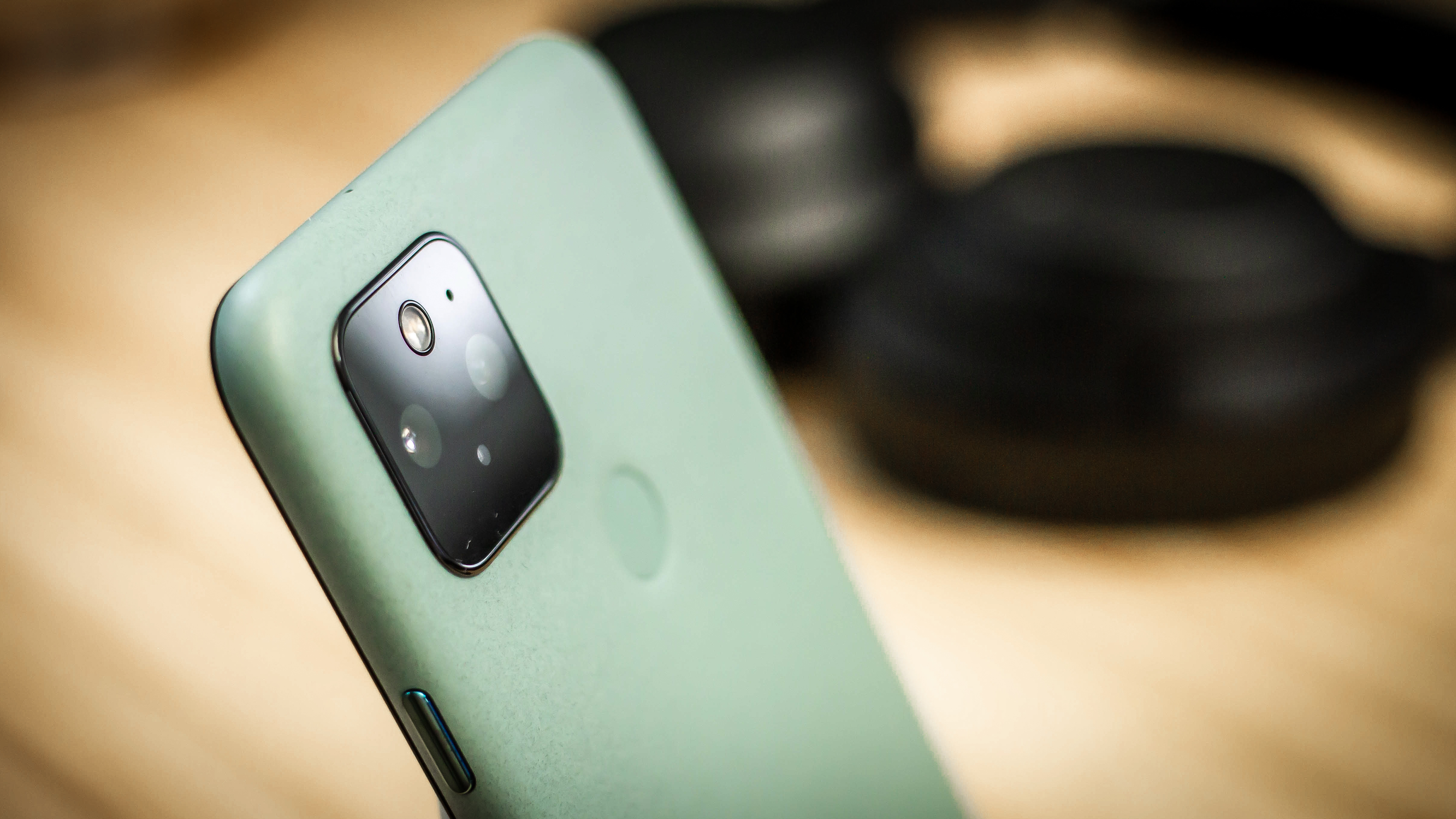
A new rumor from serial smartphone tipster Ice Universe suggests Samsung's next flagship camera phone, the Galaxy S25 Ultra, may feature almost the same camera array as the current Galaxy S24 Ultra. If the rumor is correct, the only significant difference could be a new ultrawide camera, based around Samsung's 50MP ISOCELL JN3 sensor, with a 0.7um pixel size. This contradicts a previous rumor that the S25 Ultra might get a new telephoto camera. It also means the 200MP ISOCELL HP2 sensor in the phone's primary wide-angle camera would be carried over to the S25 Ultra, along with the S24 Ultra's 10MP 3x telephoto module and its 50MP 5x telephoto camera.

Other rumors suggest Samsung could equip the S25 Ultra exclusively with Qualcomm's Snapdragon 8 Gen 4 chipset in all regions, while also adding extra RAM, though battery capacity is said to be unchanged from the S24 Ultra. It's also claimed that S25 Ultra could be the thinner and lighter than the iPhone 16 Pro Max and Google's Pixel 9 Pro XL, at least in part due to thinner screen bezels.
Have camera phones peaked?
But should we really be surprised that the Galaxy S25 Ultra may not get a substantially improved camera array? The pixel count of camera phone sensors seems to have peaked at 200MP since the S23 Ultra, and 1-inch appears to be the size limit for a camera phone sensor. The periscope lens has helped enable longer telephoto focal lengths, but that's only possible by pairing the lens with a physically smaller sensor, so there's also a limit to how much zoom a phone can reasonably offer before the sensor size gets so small that image quality is noticeably compromised.

It's long been the case that the secret to a camera phone's stellar image quality is advanced image processing - this is how Google was able to re-use the same image sensor for four generations of Pixel phones, while still improving image quality along the way. Now with power of AI on tap to further enhance image processing, phone manufacturers will be leaning on this far more than advancements in sensor and lens hardware to improve camera performance.







